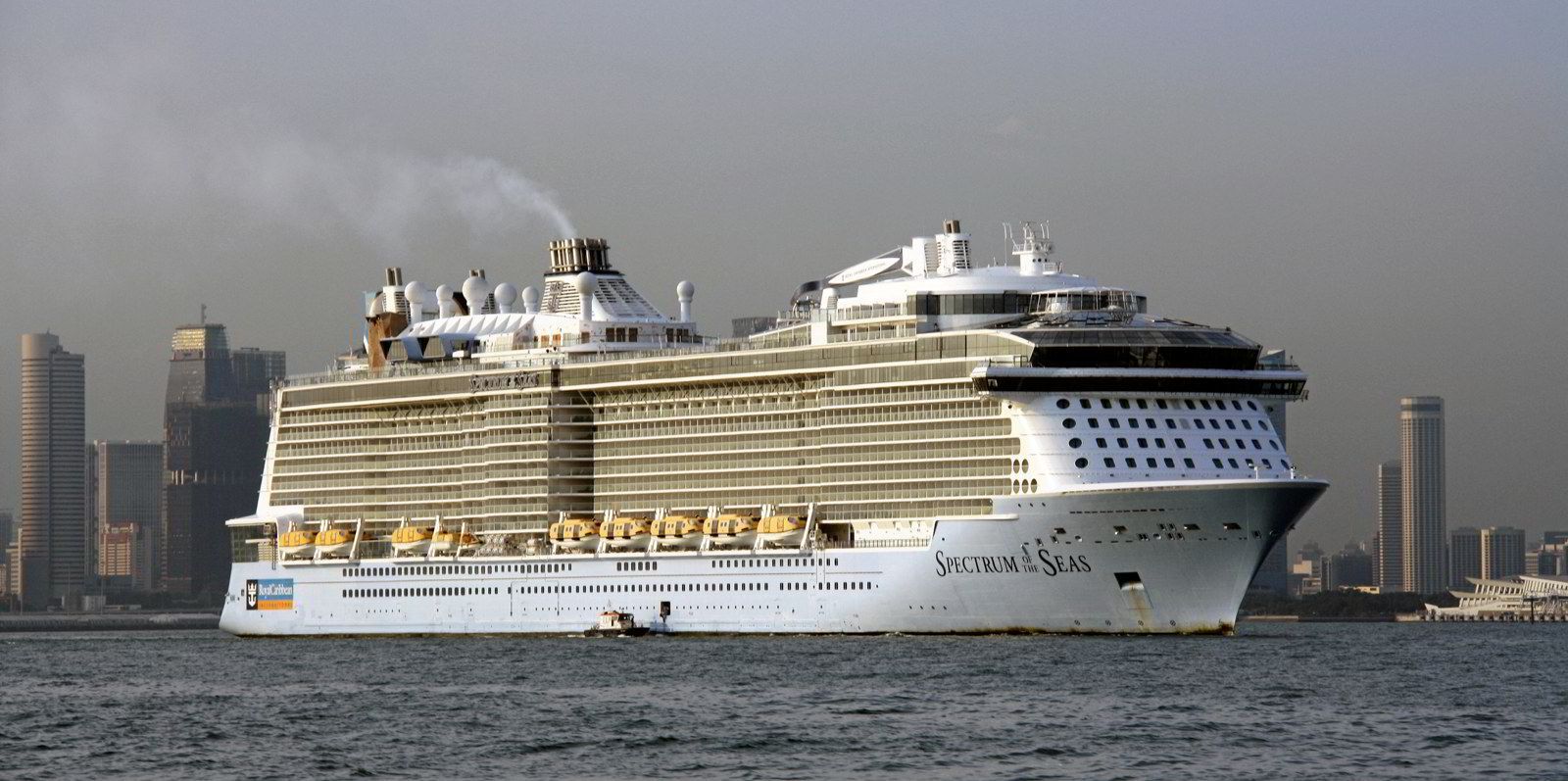Royal Caribbean Group has returned to positive cash flow, become the second cruise major to report the achievement since the pandemic debilitated the entire industry more than two years ago.
The New York-listed owner of 64 cruise ships on Thursday posted $2.18bn in revenue and an operating loss of $219m for the second quarter.
It generated about $500m in cash flow, bringing in more cash than running costs for the first time since Covid-19 arrived in March 2020.
A year ago, Royal Caribbean achieved $50.9m in second-quarter revenue and a $1.02bn operating loss.
In late June, rival Carnival Corp reported second-quarter revenue of $2.4bn that exceeded $1.47bn in running costs.
Royal Caribbean has actually reached “two important milestones” this quarter by also returning its entire fleet to full operations, said chief executive Jason Libertywho was chief financial officer before he succeeded Richard Fain in January.
“Consumers’ propensity to travel and cruise remains strong,” he said in a statement.
“With the fleet back in service, we have the full strength of our platform as we continue to execute on our recovery and build on our capabilities for long-term success.”
The Miami-based cruise behemoth recorded a $522m loss for the three-month period, improving upon the year-ago loss of $1.35bn.
These results translated into a $2.05 loss per share that beat analyst consensus of $2.20 loss per share and was much better than the year-ago loss per share of $5.29.
“Second-quarter results were meaningfully ahead of the company’s expectations driven by accelerating and strong close-in demand, further improvement in onboard revenue and better cost performance,” the company said.

The fleet’s overall load factor for the second quarter came in at 82%, while June sailings reaching almost 90%, according to the company. It expects that percentage to reach 95% by the end of the third quarter.
But the owner is still safeguarding against Covid by requiring testing for unvaccinated passengers and vaccinated passengers on voyages of at least six days.
“Last week, the CDC ended its Covid-19 Program for Cruise Ships,” Liberty said, referring to the US Centers for Disease Control.
“Based on this change, we are continuing to adapt our protocols to align more closely with how the rest of society and other travel and leisure businesses are operating.”
As a result of pent-up demand, second-quarter booking volumes exceeded 2019 second-quarter booking volumes by 30%, but Covid and the Russia-Ukraine war are still hurting bookings for the European market, Royal Caribbean said.
As of 30 June, its customer deposit balance was a record-high $4.2bn after collecting $600m in booking revenue during the first quarter.
“Now that the full fleet has returned to service and load factors are nearly 90%, the company expects customer deposits to return to typical seasonality,” the company said.
Royal Caribbean ended up $1.69bn in the red for the first six months of 2022, improving upon a loss of $2.48bn incurred during the first half of 2022.






